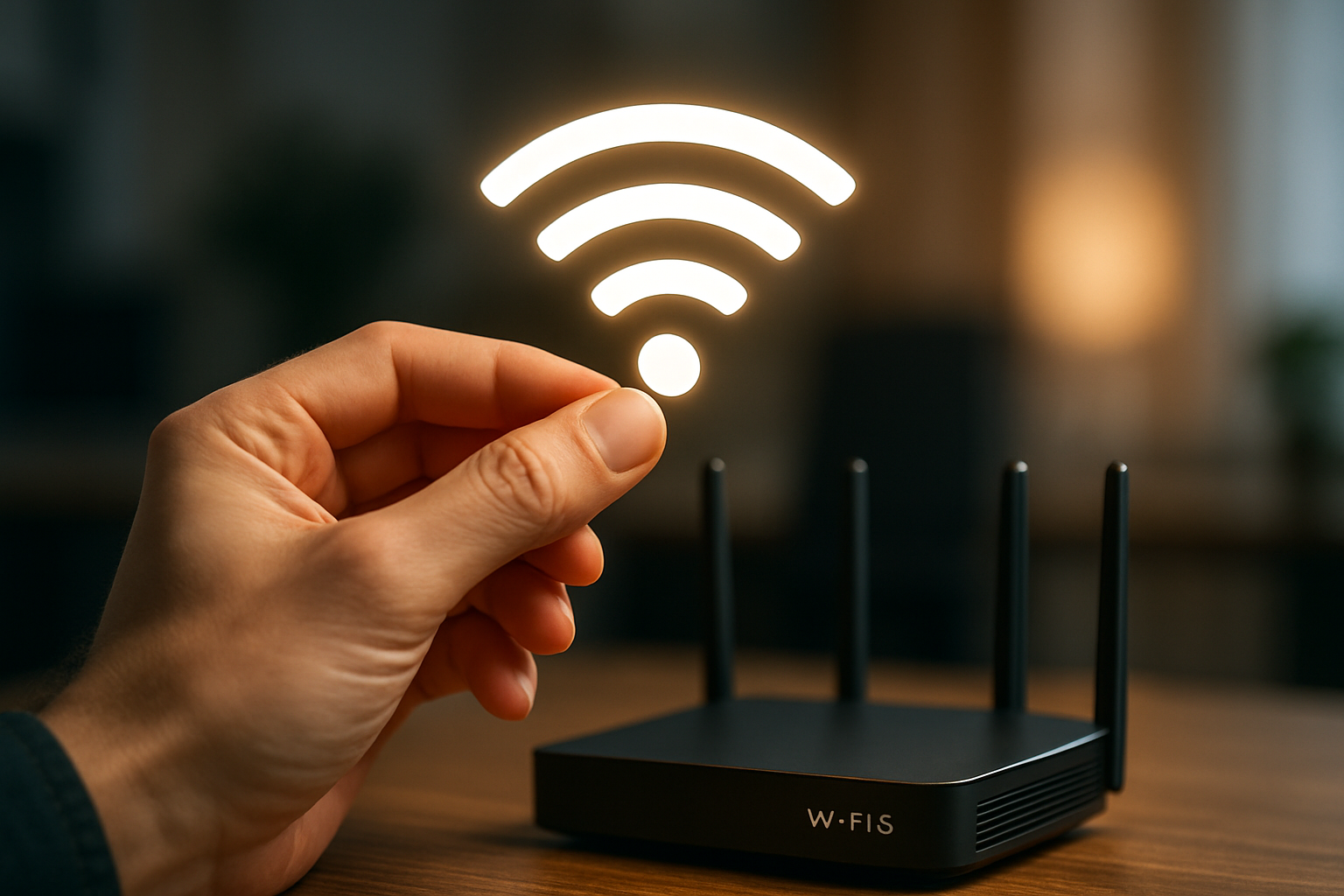Understanding Fiber to Home Versus Fixed Wireless Options
Compare two common approaches to home broadband: fiber to home delivers wired, high-capacity connections to residences, while fixed wireless uses radio links—often 4G/5G—to bring internet where fiber isn’t available. This article outlines performance, equipment, and practical choices.

Fiber to Home and fixed wireless represent two distinct methods of delivering broadband connectivity to homes. Fiber brings light-based signals over fiber-optic cables directly to a residence, providing high bandwidth and consistent throughput. Fixed wireless uses radio spectrum—sometimes leveraging 5G or other licensed/unlicensed bands—to connect a customer site to a nearby wireless base station. Each approach has trade-offs in terms of installation, equipment, latency, and reliability, and the right option often depends on local infrastructure, user needs, and environmental factors.
What is fiber and how does it affect bandwidth?
Fiber to Home (FTTH) uses glass or plastic fiber to transmit data as pulses of light, which allows for very high bandwidth and low signal loss over long distances. Because fiber can support extremely high throughput and symmetric upload/download speeds, it is well suited for bandwidth-intensive uses like large file transfers, cloud backups, and multiple 4K/8K streams simultaneously. In practice, fiber’s capacity reduces congestion during peak hours compared with shared mediums, and it scales well as service providers upgrade equipment at endpoints. For households wanting stable, predictable broadband, fiber remains a strong technical option.
How does fixed wireless use 5G and spectrum?
Fixed wireless accesses the last mile via radio links, often using cellular technologies such as 4G LTE or 5G, or other microwave bands. Spectrum availability and allocation affect coverage and throughput: licensed spectrum tends to provide more predictable performance, while unlicensed bands can be subject to interference. 5G fixed wireless can deliver substantial downstream speeds, particularly where providers use mid- and high-band spectrum, but performance depends on line-of-sight to a tower, local cell density, and environmental obstructions. Fixed wireless is commonly deployed to reach areas where laying fiber is cost-prohibitive, offering faster deployment for expanding local services.
How do latency and throughput compare?
Latency is generally lower on fiber than on fixed wireless because fiber carries signals with minimal propagation delay and fewer radio-handling steps. Typical fiber latency supports real-time applications such as VoIP, gaming, and video conferencing with fewer jitters. Fixed wireless latency has improved with modern 5G networks, yet it can still fluctuate with radio conditions, handoffs, and contention for spectrum. Throughput on fiber is typically higher and more consistent, while fixed wireless throughput can vary by distance to the base station, spectrum band, and network load. For latency-sensitive or mission-critical home use, fiber often provides the safer baseline.
How do routers, modem, and mesh impact connectivity?
Equipment at the home plays a key role regardless of transport type. Fiber installations often terminate in an optical network terminal (ONT) that provides an Ethernet handoff; a router or modem-router then manages local Wi‑Fi, NAT, and security. Fixed wireless solutions may use an integrated customer premises equipment (CPE) unit that includes radio, routing, and sometimes external directional antennas. Mesh Wi‑Fi systems can improve in-home coverage by distributing access points, useful when a single router cannot reach all rooms. Properly configured routers, up-to-date firmware, and placement strategies influence effective throughput and the perceived quality of broadband services.
What about VoIP, QoS, and security considerations?
Voice over IP (VoIP) and other real-time services rely on consistent latency and packet delivery. Fiber’s lower jitter and stable throughput simplify QoS (Quality of Service) settings for prioritizing voice or video traffic. Fixed wireless can support VoIP as well but may require careful QoS tuning and capacity planning to handle peak contention. Security measures such as WPA3 for Wi‑Fi, network segmentation, strong passwords, and regular firmware updates are essential on both platforms. Additionally, physical protection of outdoor antennas or ONTs and awareness of potential interference sources contribute to resilient local services.
| Provider Name | Services Offered | Key Features/Benefits |
|---|---|---|
| AT&T Fiber | Fiber to Home | Symmetric speed tiers, wide regional availability in some areas |
| Verizon Fios | Fiber to Home | Fiber backbone with low-latency routing and residential ONT handoff |
| T-Mobile Home Internet | Fixed Wireless | Uses 4G/5G spectrum for quick deployment in many local areas |
| Starlink | Satellite (fixed wireless-like) | Global coverage for underserved areas, variable throughput depending on constellation and local conditions |
| Rise Broadband | Fixed Wireless | Regional fixed wireless in rural areas, line-of-sight links to towers |
Local services vary by country and region; smaller regional ISPs and municipal fiber initiatives also provide both fiber and fixed wireless options. When evaluating providers in your area, confirm exact service tech, required equipment, installation timelines, and any service-level details.
Conclusion
Choosing between fiber to home and fixed wireless involves weighing immediate availability, long-term performance, and installation impact. Fiber typically provides higher, more consistent bandwidth and lower latency, making it suitable for demanding home uses and symmetric workloads. Fixed wireless can offer rapid deployment to areas lacking fiber and can perform well with modern 5G networks, though it is more dependent on spectrum, line-of-sight, and local congestion. Assess local services, equipment needs, and the specific applications you run to determine which option aligns with your connectivity priorities.





